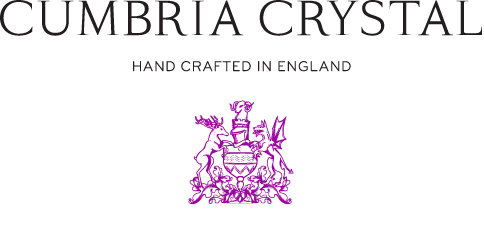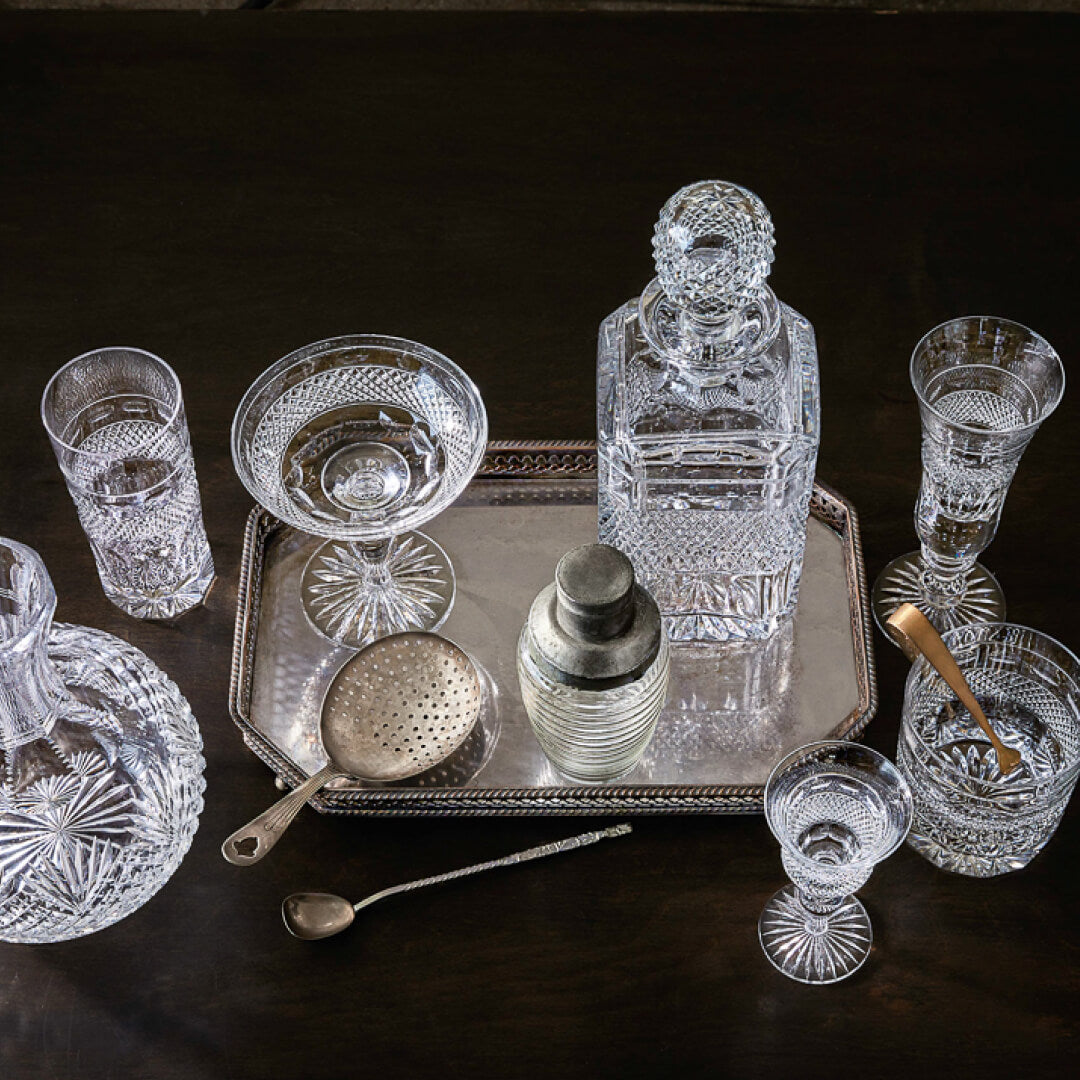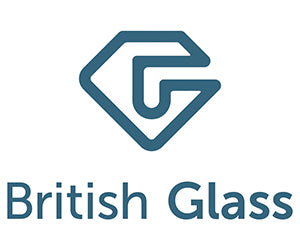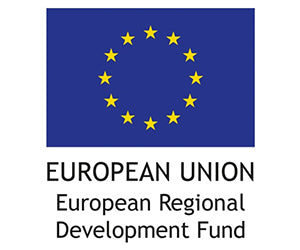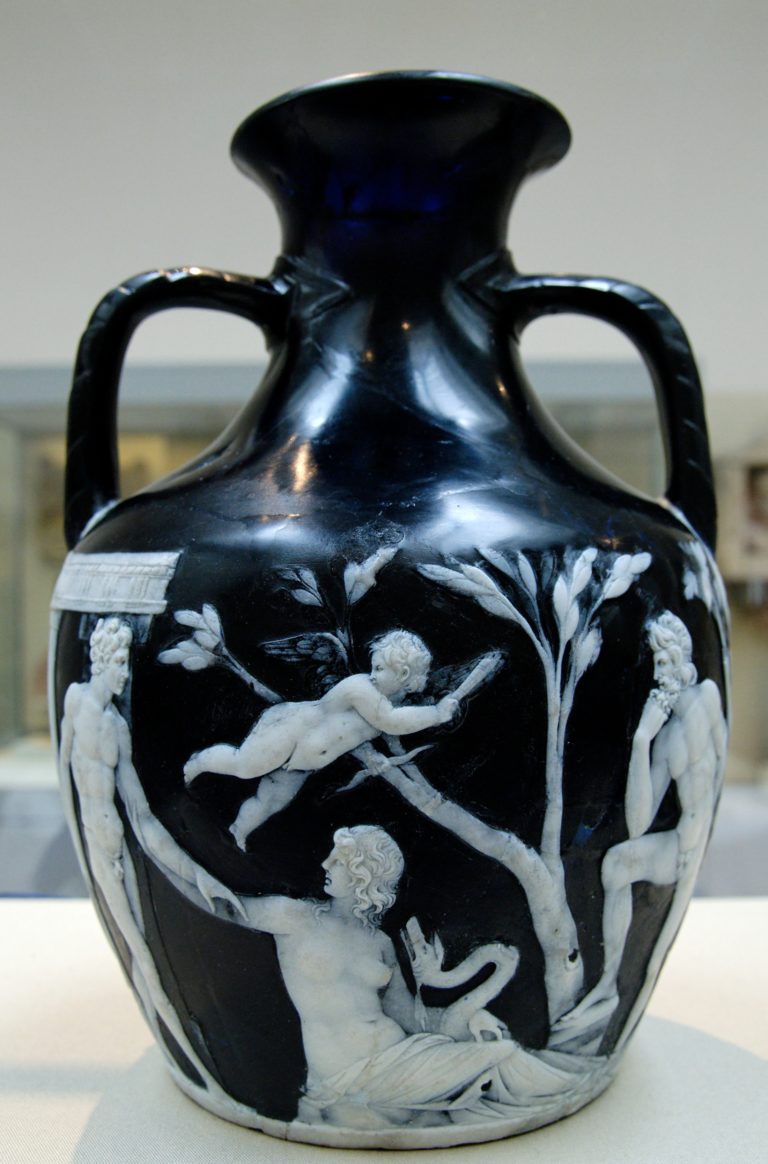
Cumbria Crystal's The History of Glass | Roman Glass
Roman glass | Volume 3
By Dr Jessamy Kelly, glass artist and educator
The cultural and social significance of ancient glass, is a wide reaching, rich and varied topic, this blog is a journey through glass history from ancient glass right up to present day. This month we are looking at Roman glass.

In the 1st century BC, glassblowing was developed in Syria. By AD 50 it became the leading glass forming technique completely revolutionizing how glass had been produced for thousands of years. Glass blowing is, a glass forming technique that involves the inflation of molten glass using a hollow metal pipe, called a blowing iron, to inflate a glass bubble, which can then be manipulated into a wide range of vessel shapes of varying sizes. This technique was quicker and easier than other earlier techniques, making glass vessels considerably more affordable. This was especially true when glass was blown into terracotta moulds enabling large numbers of products to be produced quickly.


ROMAN GLASS
Glass blowing as a technique quickly spread through the Roman Empire from the eastern Mediterranean to the west. By the 1st century AD, the Roman glass industry grew exponentially, due to a period of advanced technical growth. A range of decorative finishing techniques were developed such as gilding, enamelling and painting. Techniques were developed during this era that enabled exceptionally high-quality cut and engraved products to be produced. Cage cups, such as the Lycurgus Cup (see Figure 2), were made and are a true feat of glass-cutting technology, where a thick blown glass vessel is painstakingly cut away to create a design which is connected to the wall of the vessel by small bridges hidden behind the decoration. A truly amazing example of this is the Lycurgus Cup which depicts an ill-fated king who is seen being strangled by vines after taunting Dionysos, the ancient Greek God of wine. What is particularly of note about this cup is that it is made from dichroic glass, where small nano-particles of gold and silver are mixed into the glass so that it changes from a green colour when lit from in front, to red, when lit from inside or behind the cup.
Around the turn of the 1st century BC/AD cameo cut glass vessels were introduced, the most famous example of this style being the Portland vase, which is housed in the British Museum, London (see Figure 4). This vase is an excellent example of Roman cameo glass, a hot glass bubble of one colour glass was encased in an outer layer of another colour. Once cooled the outer layers were cut away to create a design in relief. The most common colour scheme of Roman cameo glass was opaque white over transparent dark blue.

Renowned for their love of feasting, Roberto Bompiani shows his extensive research into a range of ancient artefacts in this painted feast scene (see Figure 5). The authenticity of the painting is supported by research of the frescoes, marble, tables, lamps, and vessels all were drawn from Greek, Roman, and Etruscan sources. An intricate footed glass bowl and large drinking vessels are part of this opulent scene, which indicates the social context and frivolity of this feast and the use of glass; which is something which we can all connect with – socialising with friends over fine wine and food. As a form of storytelling the painting brings these historical artefacts back to life and makes us think about their significance and meaning.

Next month’s newsletter will introduce Medieval Glass, from AD 400-1066, including green forest glass and some outstanding examples of Medieval stained glass.
By Dr Jessamy Kelly
Jessamy Kelly is a glass artist and educator based in Edinburgh, she has worked as a freelance glass designer for Cumbria Crystal since 2016.
Do you have any questions or feedback? We would very much like you to share by emailing verity@cumbriacrystal.com
